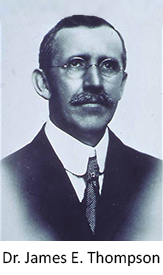 UTMB was first accredited as a residency November 30, 1949. Our history, however, does not begin in 1949. Plastic surgery has been strong at UTMB since the school was founded in 1890. The Rose- Thompson straight line cleft lip repair
was performed by the first chair of Surgery, Dr. James E. Thompson. UTMB was first accredited as a residency November 30, 1949. Our history, however, does not begin in 1949. Plastic surgery has been strong at UTMB since the school was founded in 1890. The Rose- Thompson straight line cleft lip repair
was performed by the first chair of Surgery, Dr. James E. Thompson.
|
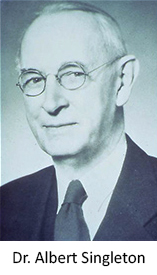 A later successor Dr. Albert Singleton realized that Surgery was beginning to develop specialties. A later successor Dr. Albert Singleton realized that Surgery was beginning to develop specialties.
He encouraged one of his talented residents Dr. Truman G. Blocker to develop an interest in plastic surgery because he was so artistic. Dr. Singleton had many friends in the developing area of plastic and reconstructive
surgery. He invited them to his home on Galveston Island where an organizational meeting was held for the American Board of Plastic Surgery in 1937. |
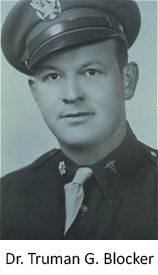
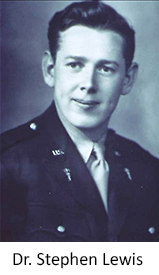 The
resident who showed such interest in plastic surgery later finished a surgery residency and was inducted into the army during World War II. There, Truman Blocker met Dr. Stephen Lewis. He encouraged Dr. Lewis to return
with him to Galveston to obtain additional training. The
resident who showed such interest in plastic surgery later finished a surgery residency and was inducted into the army during World War II. There, Truman Blocker met Dr. Stephen Lewis. He encouraged Dr. Lewis to return
with him to Galveston to obtain additional training.
|
UTMB returned to post war normalcy until April 16, 1947 — "The Day Texas City Blew Up". Sitting in their offices they heard and felt a huge explosion from the Texas City refineries. A mushroom cloud appeared, signaling what Truman Blocker thought was World War III. Instead, it was one of the worst civil disasters in history
as two French frigates successively blew up, hurling balls of incendiary material into the nearby oil refinery plants. 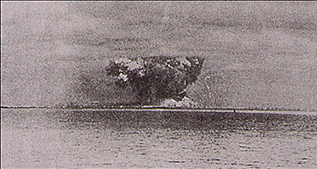
Successive explosions ensued and much of Texas City was leavened. Nearly every family in Texas City had someone dead or injured. Many were drowned by the tidal wave that occurred as the French frigates exploded under the effect of the
exploding ammonium nitrate, the same material used in the Oklahoma City bombings. A few of the patients were burned, many of them were injured in the blast effect. Shrapnel was hurtled from the broken windows. 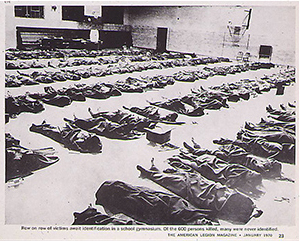
The Texas City high school gymnasium was converted into a temporary morgue. The expertise that they achieved in this triage of these wounds, with particular emphasis on burn care at UTMB-Galveston, would shape the development of plastic
surgery at UTMB for decades to come. In addition, parts of the area were infested with poisonous snakes leading to an interest in the care of their wounds and infections. UTMB developed a reputation in burns and wound care. Our strength
in reconstructive surgery has fostered the academic growth of the residents, many of whom left to become faculty and chiefs of their own divisions of plastic surgery. |
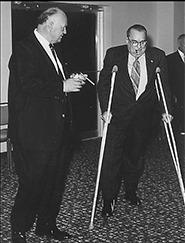 When the Shriners Hospital began to get away from the care of polio victims, they decided to treat burned children, this resulted in the first Shriners Hospital for burned children in Galveston. When the Shriners Hospital began to get away from the care of polio victims, they decided to treat burned children, this resulted in the first Shriners Hospital for burned children in Galveston.
This has evolved into a center which has its emphasis on the care of burned children but treats all types of plastic surgical problems such as congenital hand, craniofacial disorders, chronic and difficult wounds, and breast deformities.
The emphasis on the residency program has been to treat the residents as future colleagues. The Blocker Lewis alumni society was founded in 1978 in honor of Dr. Truman Blocker and Dr. Stephen Lewis. |
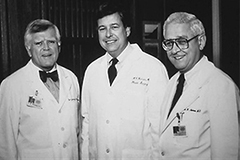 After
a long national search following Dr. Lewis’ retirement, Dr. Martin Robson was recruited to UTMB and recruited some of his existing faculty such as Linda G. Phillips, MD and John Heggers, MDfrom
where they worked with him in Detroit. Once Dr. Robson left to serve as chief of plastic surgery at the University of South Florida, Dr. Phillips became the youngest of the division chiefs to that date. After
a long national search following Dr. Lewis’ retirement, Dr. Martin Robson was recruited to UTMB and recruited some of his existing faculty such as Linda G. Phillips, MD and John Heggers, MDfrom
where they worked with him in Detroit. Once Dr. Robson left to serve as chief of plastic surgery at the University of South Florida, Dr. Phillips became the youngest of the division chiefs to that date.
Serving continuously since 1994, she has trained numerous residents (three per year) many of whom have gone on to academic positions in other institutions. Plastic surgery maintains a strong national presence with activities in both academic
and other national organizations. The residents have done extremely well matching into prestigious post residency fellowships. |
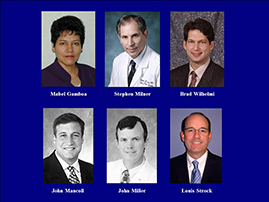 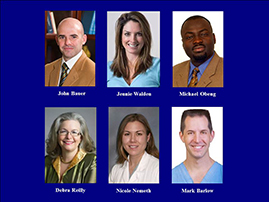 |
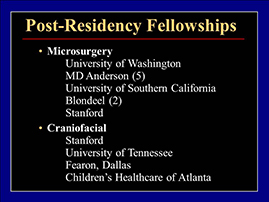 In
December of 1998, the RRC-Plastic Surgery approved UTMB for a five year integrated program and this was expanded to six years in December of 2004 when UTMB faculty recognized five years was not sufficient to teach the complete residency
of plastic surgery. The plastic surgery rotations have undergone repeated tweaks and revisions, the latest of which have been submitted to the RRC-Plastic Surgery for their October 2012 meeting. Plastic Surgery includes rotations off
campus at MD Anderson (for its world class microsurgery experience) and St. Joseph’s Hospital (primarily for its pediatric and cosmetic experience), as well as the Shriners Hospital in Houston which provides the major bulk of
the residents’ experience in pediatric plastic surgery. The emphasis on plastic surgery education is to provide a tree of principles upon which further decisions can be made as new knowledge is acquired. In
December of 1998, the RRC-Plastic Surgery approved UTMB for a five year integrated program and this was expanded to six years in December of 2004 when UTMB faculty recognized five years was not sufficient to teach the complete residency
of plastic surgery. The plastic surgery rotations have undergone repeated tweaks and revisions, the latest of which have been submitted to the RRC-Plastic Surgery for their October 2012 meeting. Plastic Surgery includes rotations off
campus at MD Anderson (for its world class microsurgery experience) and St. Joseph’s Hospital (primarily for its pediatric and cosmetic experience), as well as the Shriners Hospital in Houston which provides the major bulk of
the residents’ experience in pediatric plastic surgery. The emphasis on plastic surgery education is to provide a tree of principles upon which further decisions can be made as new knowledge is acquired.
We have minimal conflict with other services as there is more than enough work to do at UTMB-Galveston. The faculty are collegial and support each other in their efforts. |
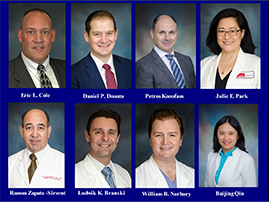 The
current faculty includes fellowship trained faculty in microsurgery/breast, craniofacial, and hand. There are four of us at UTMB-Galveston University hospital, three additional at the Shriners hospitals, and we work closely with our
community faculty in the Clear Lake area. The
current faculty includes fellowship trained faculty in microsurgery/breast, craniofacial, and hand. There are four of us at UTMB-Galveston University hospital, three additional at the Shriners hospitals, and we work closely with our
community faculty in the Clear Lake area.
|
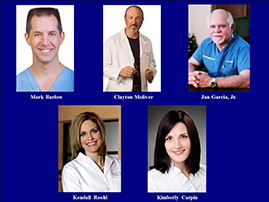 |
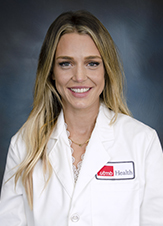 Since
September 2021, Jill Resendez, APNhas been the Nurse Practitioner for the Division. Since
September 2021, Jill Resendez, APNhas been the Nurse Practitioner for the Division. |
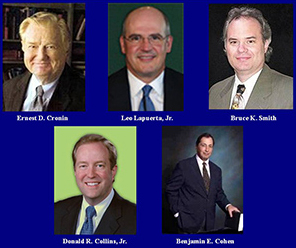 We proudly collaborate with our colleagues at St. Joseph’s hospital and MD Anderson. We have a vibrant visiting professor program and look forward to our new visiting professors this coming academic year. We proudly collaborate with our colleagues at St. Joseph’s hospital and MD Anderson. We have a vibrant visiting professor program and look forward to our new visiting professors this coming academic year.
Plastic surgery at UTMB emphasizes the need to combine clinical acumen with basic science tenets to explore new areas of plastic surgery knowledge combining the basic scientist with the plastic surgeon. We proudly send our residents to
a regular set of meetings regionally and nationally both courses in professional societies and always support them in their presentations at a national meeting where he or she has a presentation. Didactic conferences within the division
are held twice weekly, with the addition of special workshops such as anatomic dissections or our simulation lab for rat microsurgery. We have quarterly competency evaluation presentations by the residents and have a division retreat/review
on a quarterly basis. We partner with our bay area faculty for a journal club on a monthly basis in addition to our regular conferences based on the plastic surgery curriculum with Corequest questions, augmented by monthly M&M,
department Grand Rounds, and a UTMB journal club. Our work hours and call are strictly as guided by the ACGME requirements. We have 360 evaluations of residents and faculty which are confidential as they are electronic and collated
by the house staff office. |

UTMB has recently begun expansion of its Victory Lakes facilites in League City. The new medical complex will include four more operating rooms along with a callorabative hospital with MD Anderson Cancer Center. |

In 2016, UTMB completed construction of a $438 million hospital tower - the Jennie Sealy Hospital. The building includes 250 family-centered rooms, state-of-the-art surgical suites, and areas for visiting and consultations with caregivers.
|
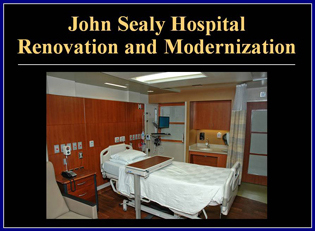
UTMB has completed a multi-million dollar renovation of the current patient rooms in John Sealy Hospital, and construction continues of the exterior of the hospital. We welcome you to UTMB-Galveston! |